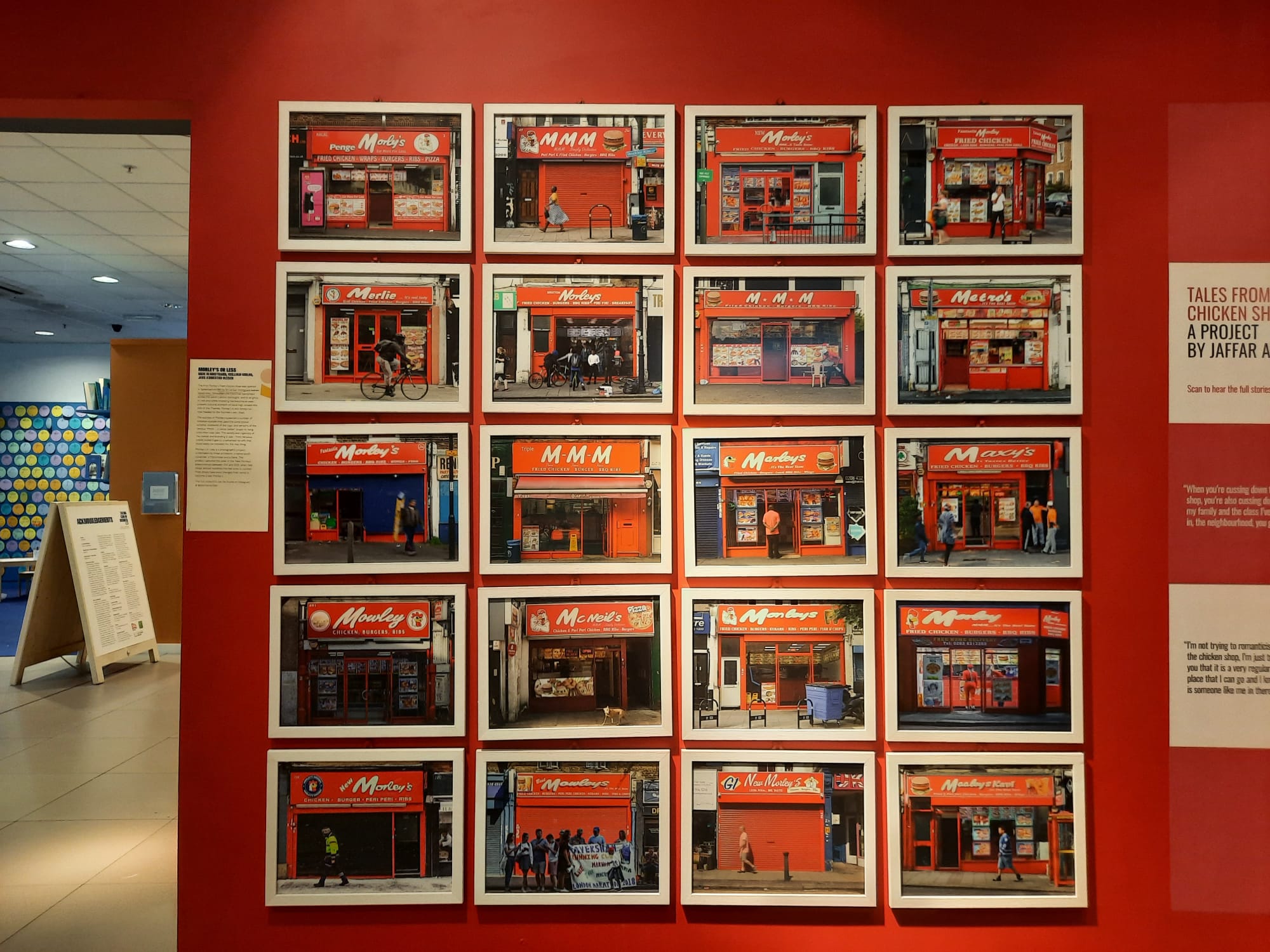Migration Museum, London
The Migration Museum is a delightful surprise in a Lewisham shopping mall: an informative, generous tonic which proclaims the many experiences of migration to this green and pleasant land.
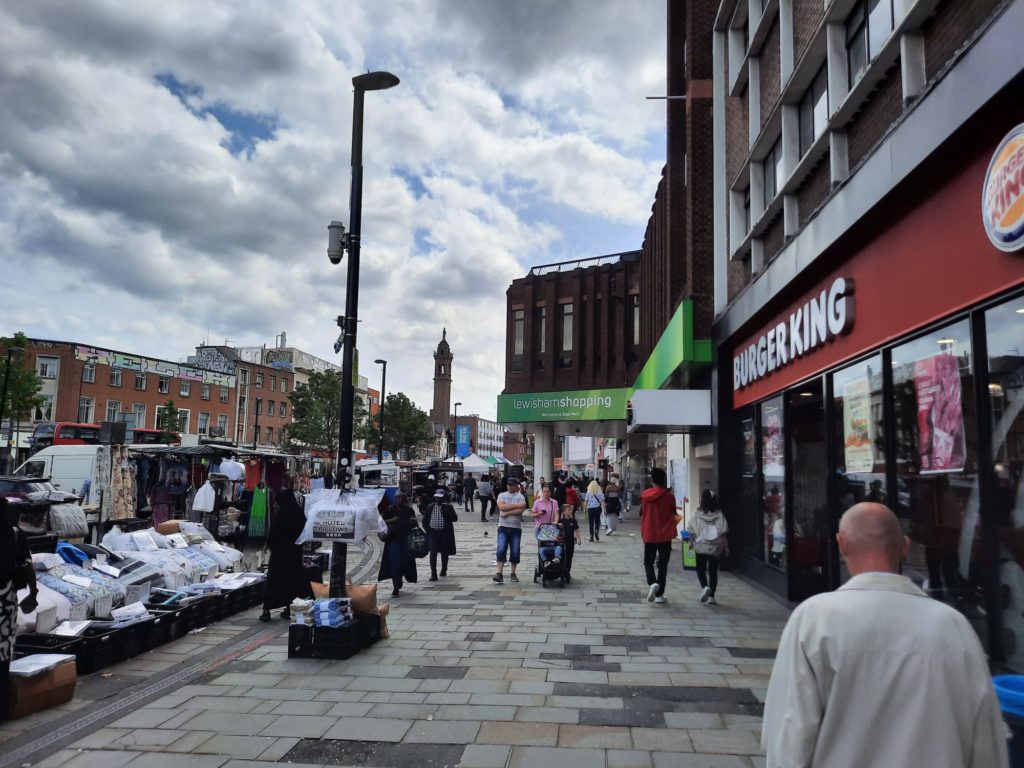
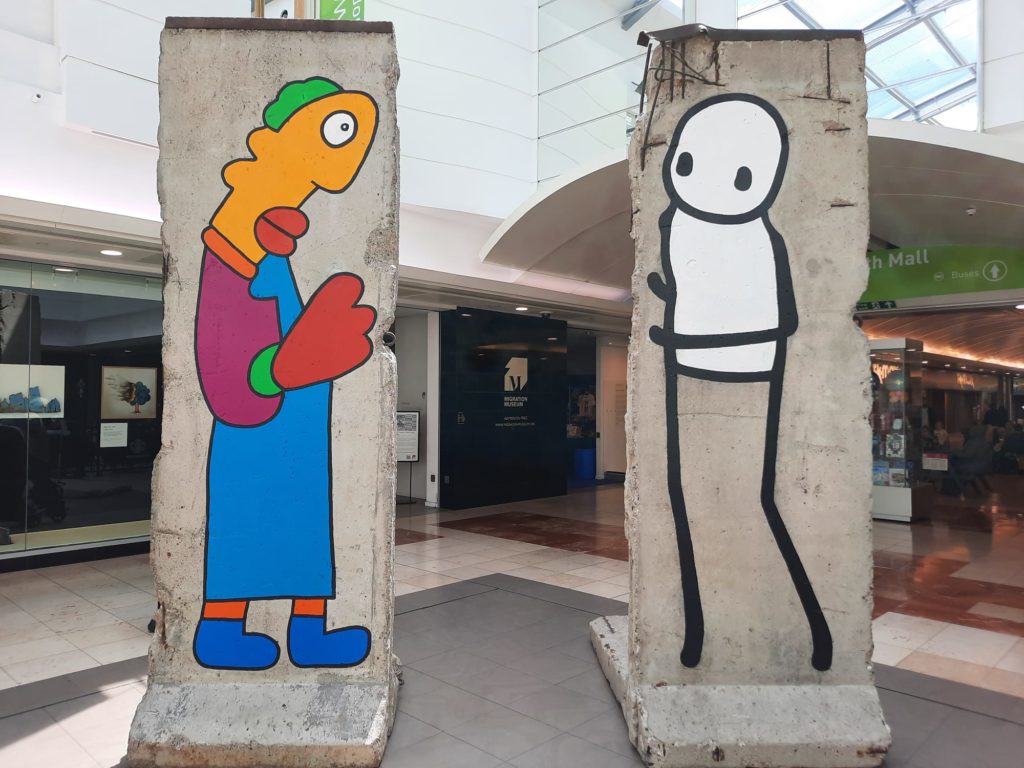
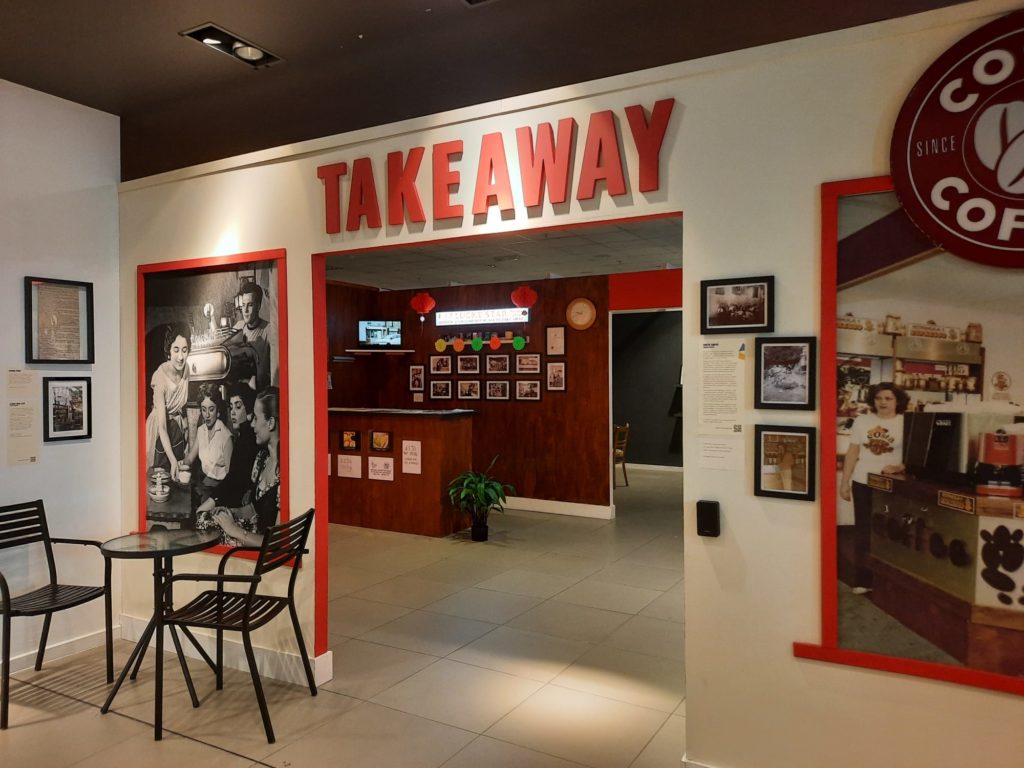
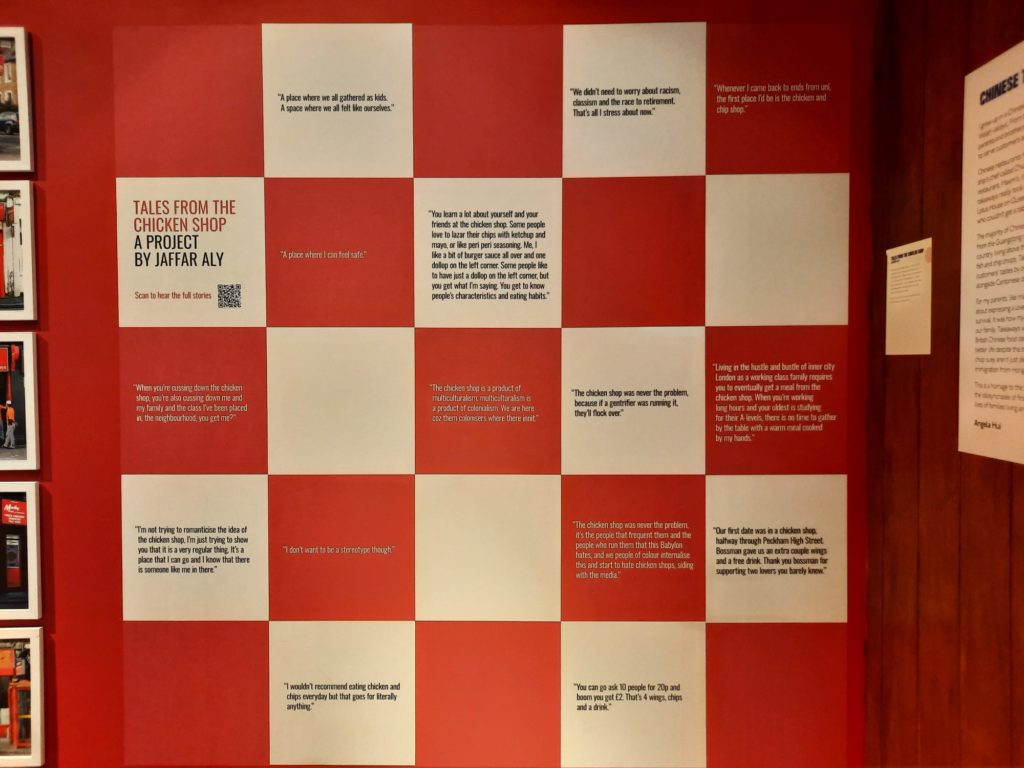
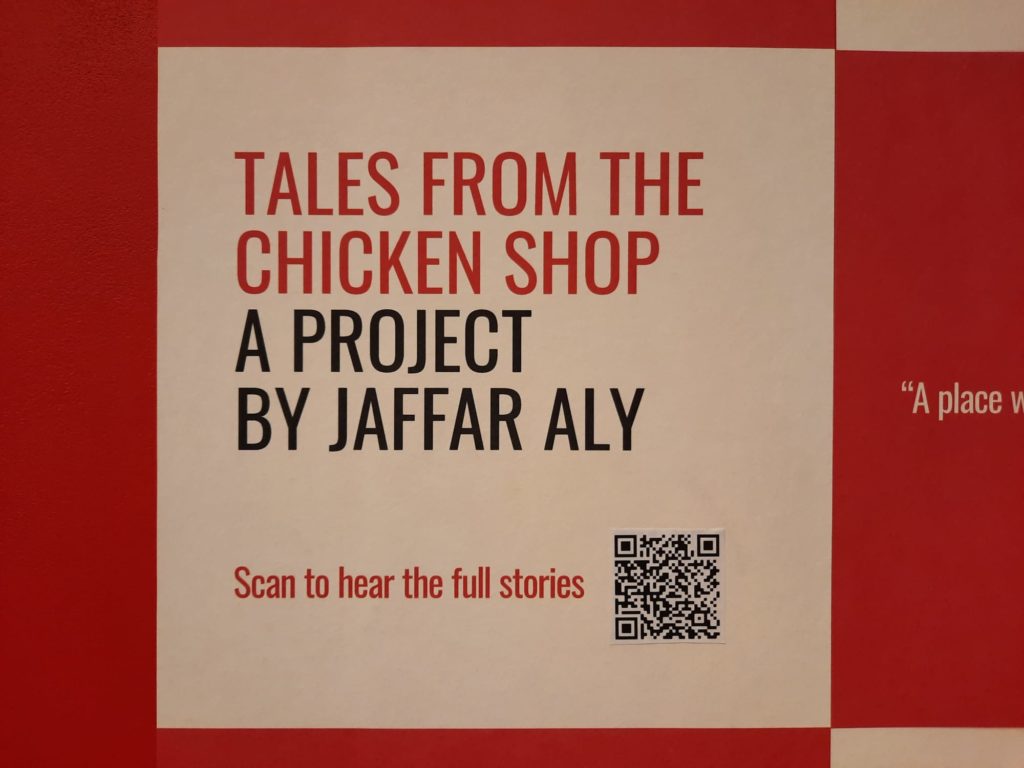
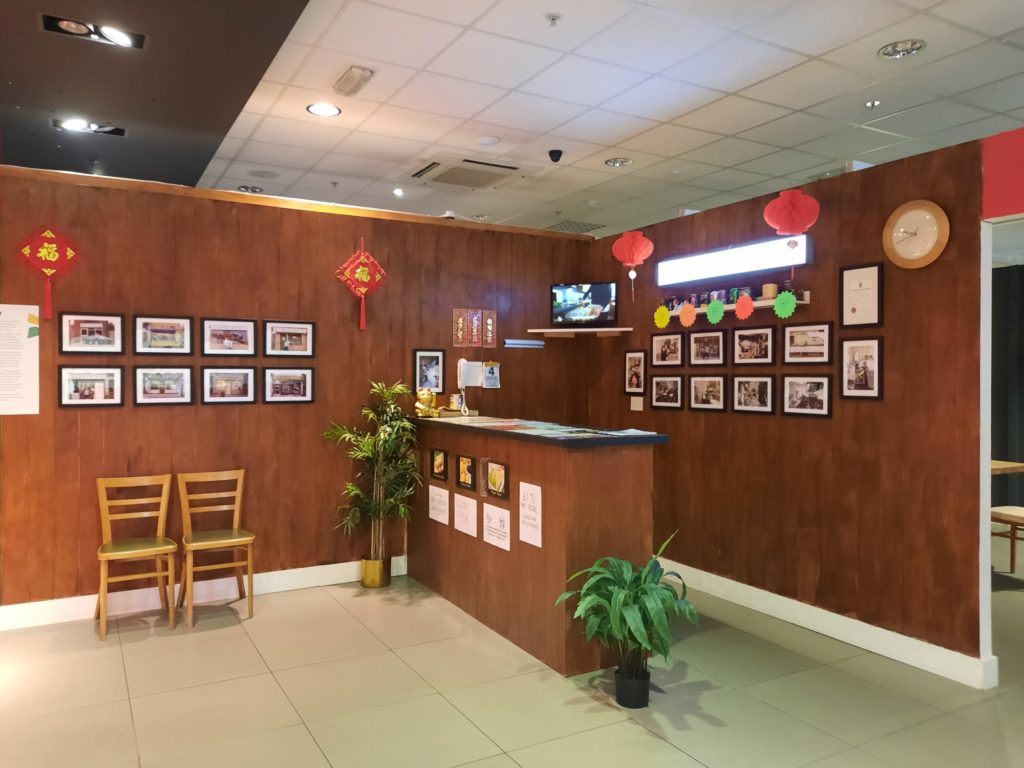
A Museum? In A Mall?
The Migration Museum is actually one of the closest cultural institutions to my South East London home. I found out about while perusing past Open House offerings, and it’s basically a crime at this point that I hadn’t visited before now.
The museum first launched in 2013 in a pop-up format without a fixed home. They held events throughout the country, eventually garnering enough support to find a home in the Lewisham Shopping Centre in 2020. I’m just speculating here, but the space they’re in feels like it must have belonged to something like BHS: one of those department stores which has closed down or reduced its footprint. I say this because the Migration Museum has a sizeable space, so plenty of room for exhibitions. Plus the dressing rooms are something of a giveaway.
Despite living close I’m not necessarily a frequenter of shopping malls, so hadn’t been to the Lewisham Shopping Centre before. It is a lively place though, with plenty of weekend foot traffic. It took me a minute to spot the museum – in hindsight the sections of Berlin Wall should have been a giveaway. Nonetheless I found it eventually, and headed in.
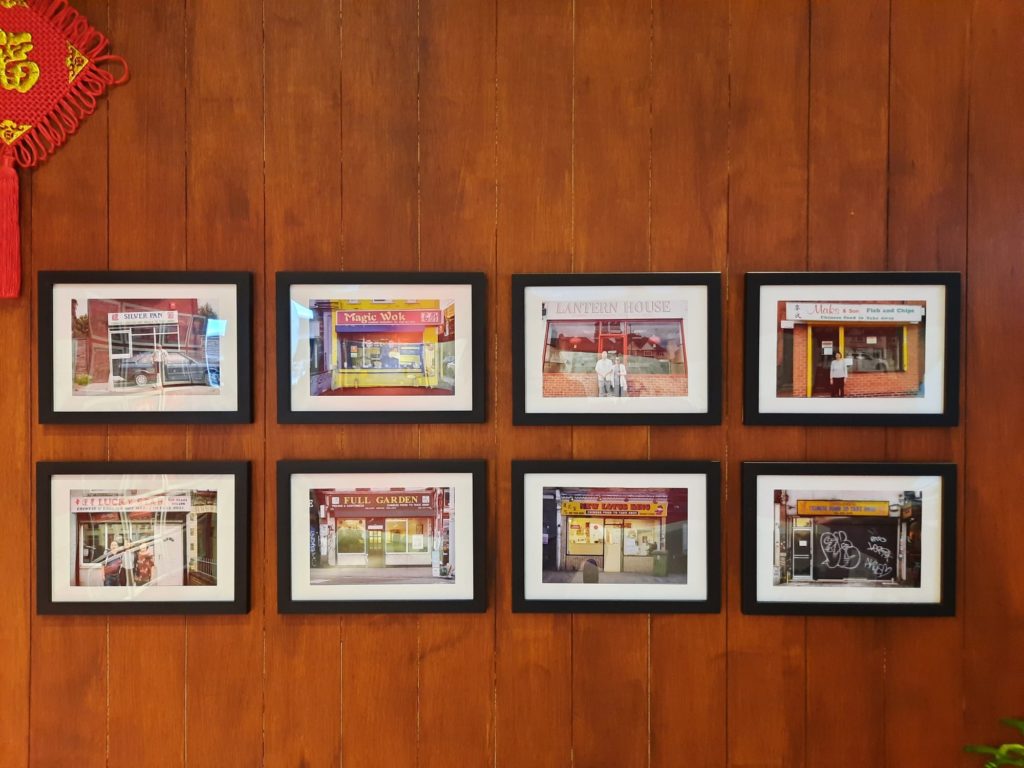
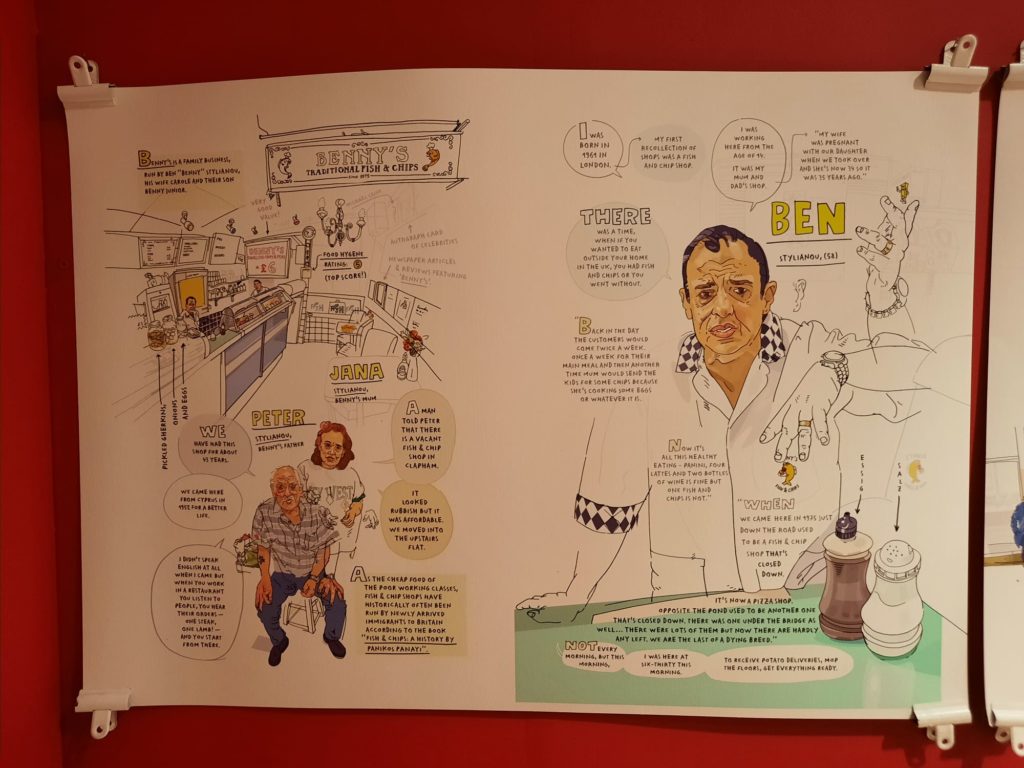
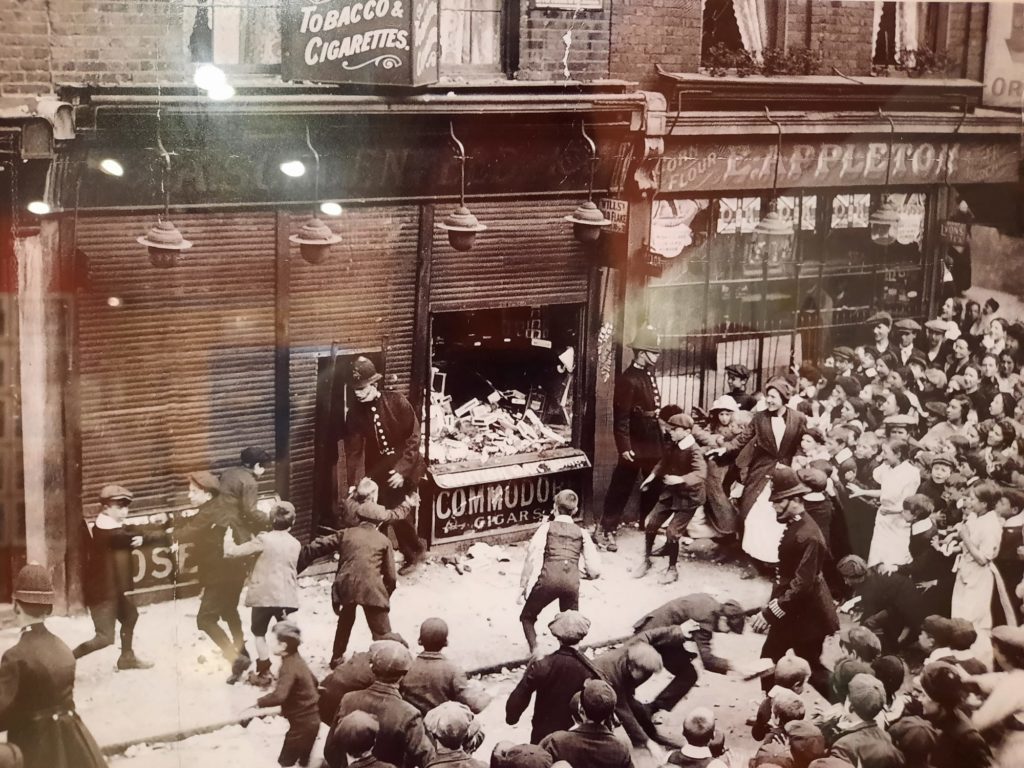
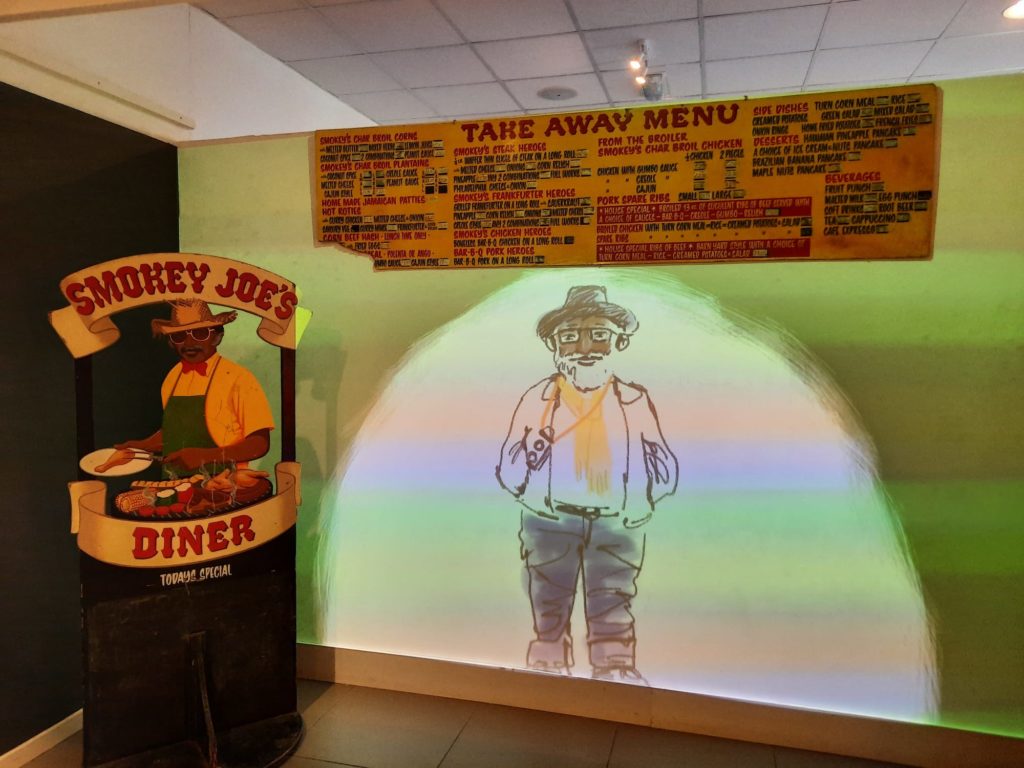
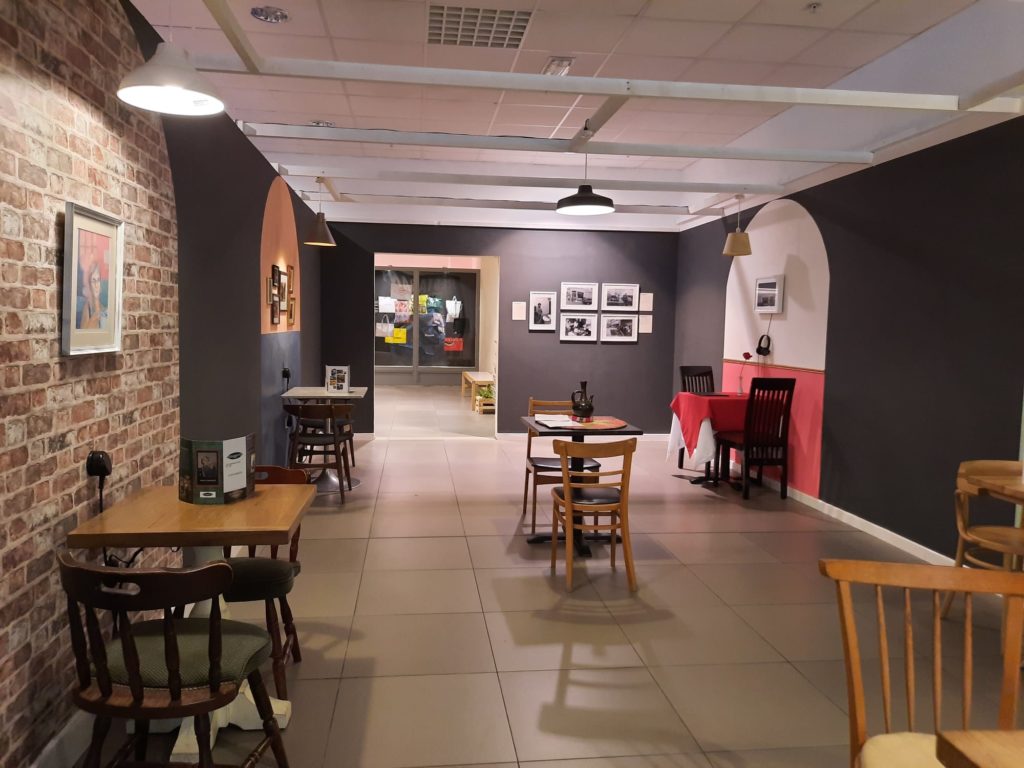
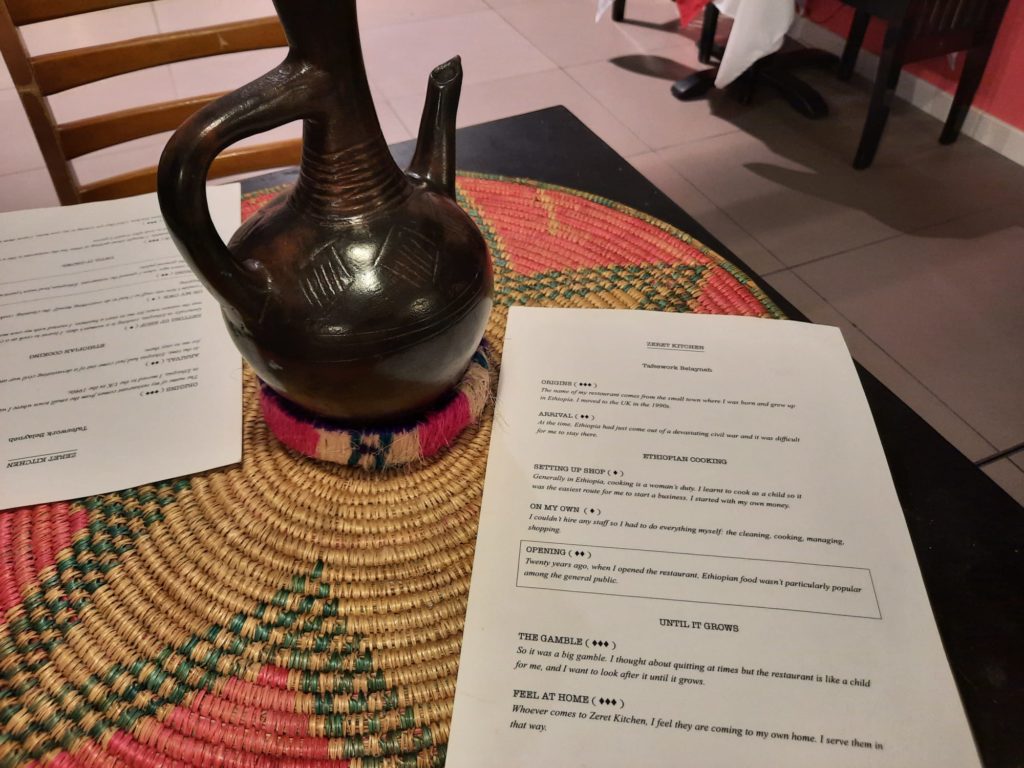
The Migration Museum
Coming into the museum space, there is a big central desk with staff (or volunteers) welcoming visitors. Either side is a generous retail space: one set up as a bookshop and one stocked with products made with connections to the migration theme. Beyond is the exhibition space, separated into thematic groupings with temporary walls.
From what I’ve read, it seems that the Migration Museum change their exhibits semi-regularly, thus covering a range of topics. A previous iteration looked at migration from Britain to other countries. The current exhibition is Taking Care of Business: Migrant Entrepreneurs and the Making of Britain. The gallery spaces are divided into different types of business. Coffee shops, takeout and sit-down restaurants nestle together. Next are hairdressers, fashion and retail stores. Then there are construction companies and groceries. You can’t forget corner shops, of course. The former fitting rooms tell stories of start up businesses of various types. There’s a section on night-life: cinema, pubs, entertainment and so on. And finally technology, from hardware to software.
The time period covered starts in about the 18th Century, but the bulk of the stories are 20th Century. There are apparently about 100 in total. The range of businesses represented definitely fulfil the exhibition’s subtitle: ‘the making of Britain’. By the time you finish, it’s hard to think of any area of British life that would even exist without migration. Which is rather the point, of course.
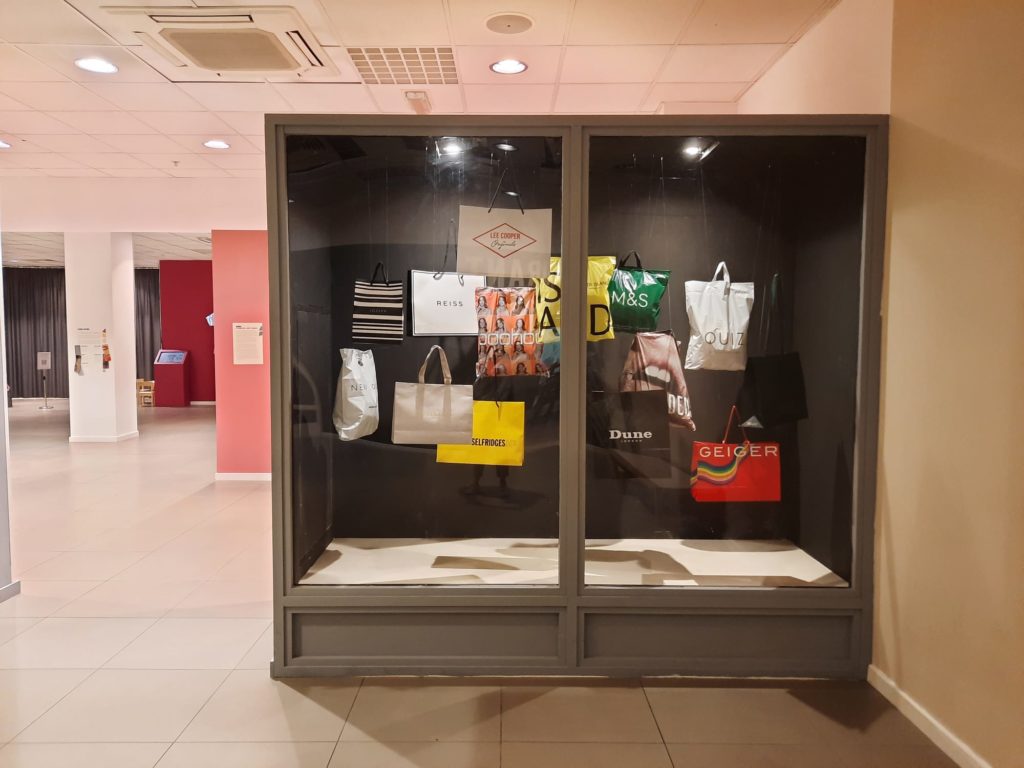
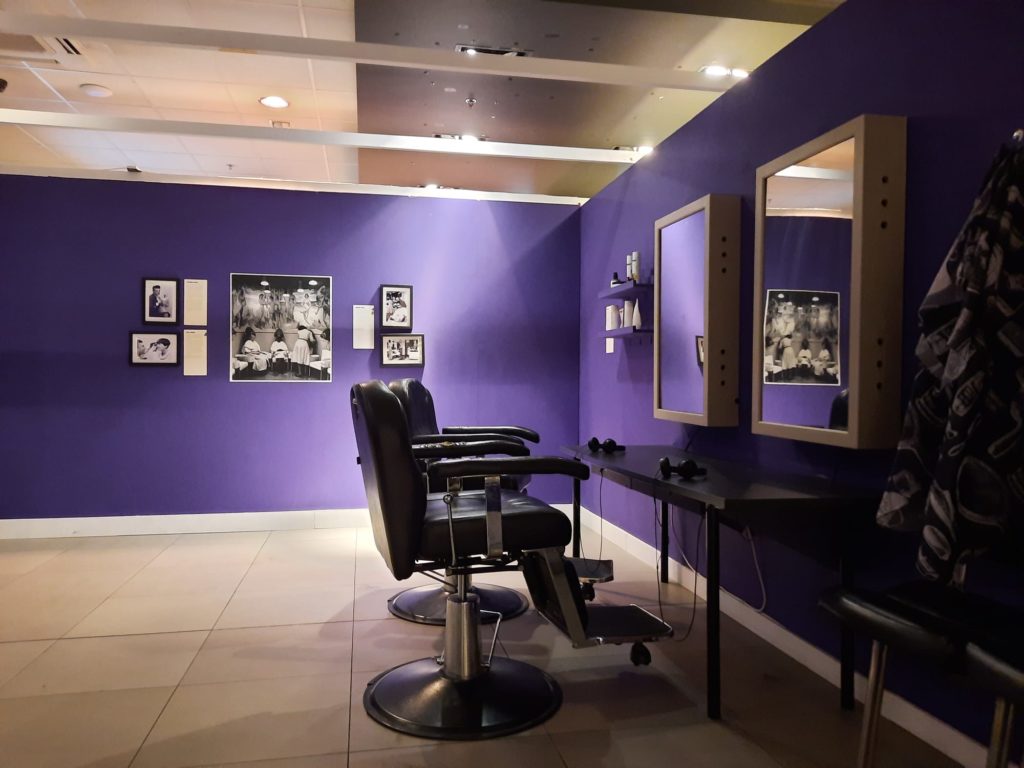
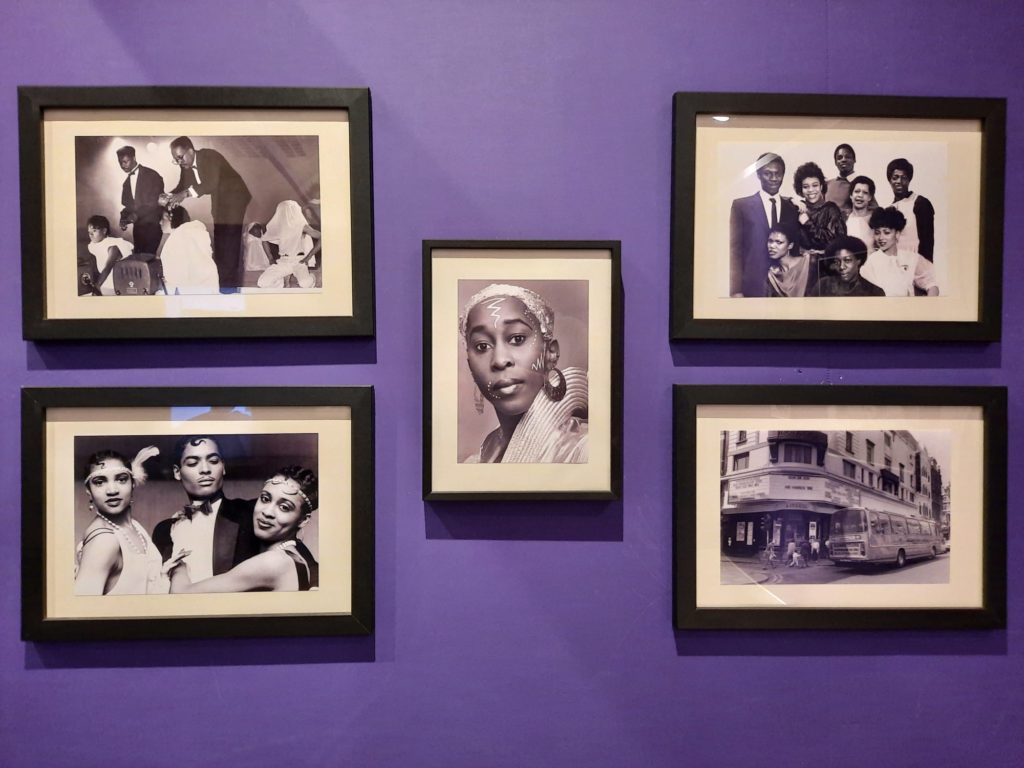
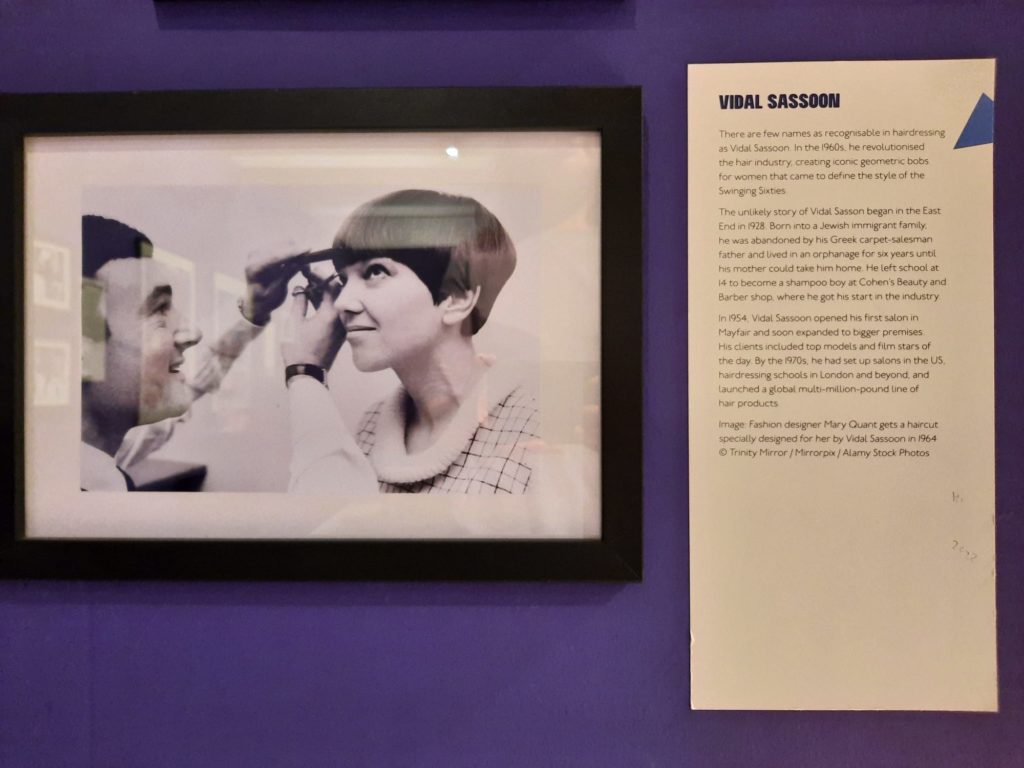
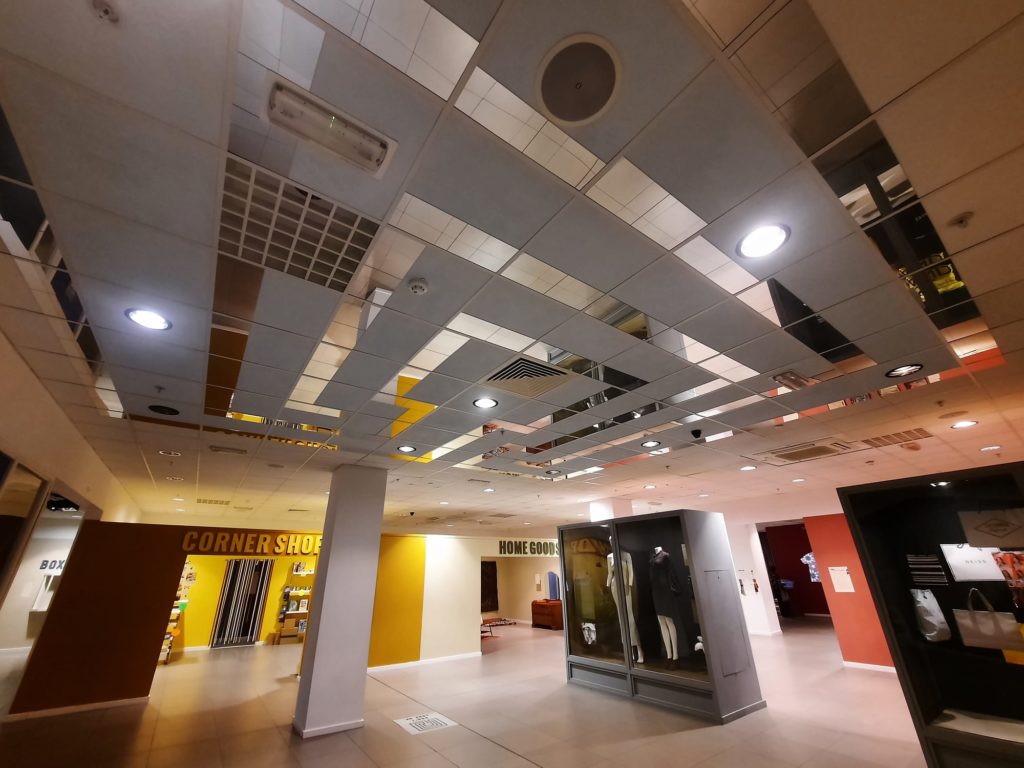
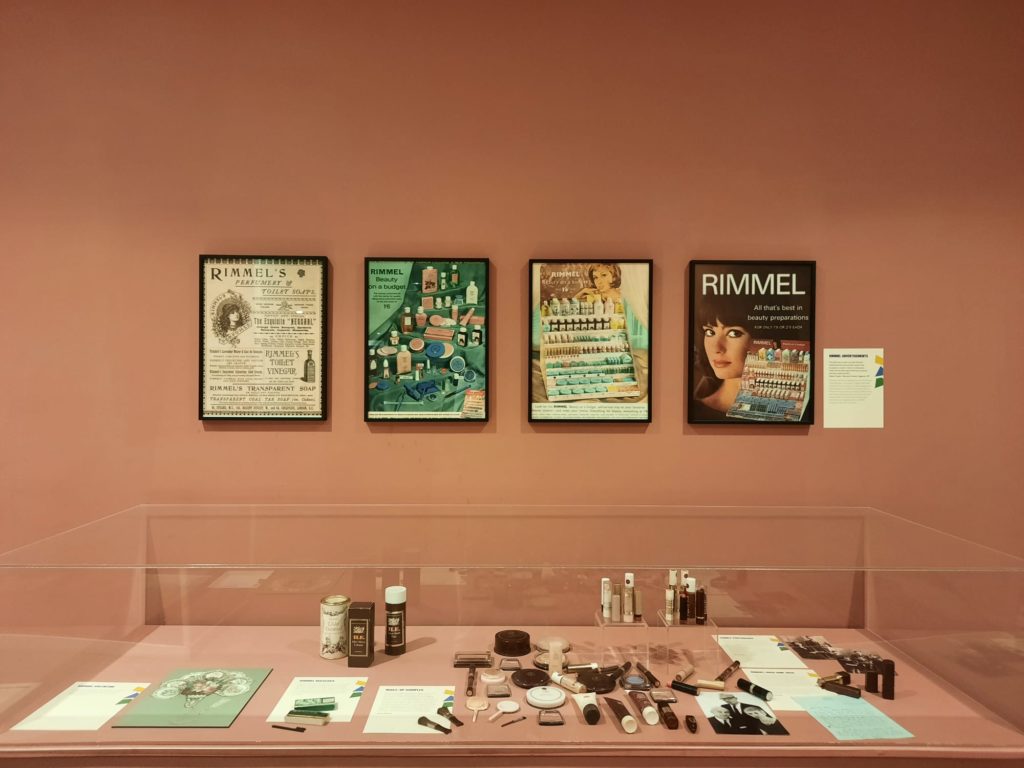
Taking Care Of Business
One thing the exhibition does very well is to balance big names with stories from everyday people. Some of them are obvious (or will at least have you saying “oh yeah of course!”): Costa Coffee and Vidal Sassoon, for instance. Others seem so British you may not realise they have their origins in a migration story, like Robert Dyas or Rimmel makeup. But there is a big focus on oral history, so a lot of the stories collected for this exhibition come from owners of small businesses, far from being household names. They’re all on an even footing here.
The Migration Museum presents these stories without spin. What comes across in many instances is pride. Pride in hard work, perseverance and accomplishment. But that word perseverance connotes hardships, and these are also included in the stories: whether financial constraints, prejudices, or personal challenges. We read memories of long hours, young families brought up amongst customers and stock rooms, the good times and the bad times. We find out what worked, and sometimes what didn’t work, in establishing a business in a foreign land.
It’s a fascinating place to spend an hour or so. I learned about so many topics. How a young scientist basically invented Durex condoms by accident. That Cobra beer is designed deliberately to pair with a curry. Even that the Morley’s chicken shop around the corner from me was a knock-off, hence why it rebranded last year to ‘Marley’s’ – not really in the spirit of things but better, I guess. The museum is text heavy, but the text is really absorbing and engaging.
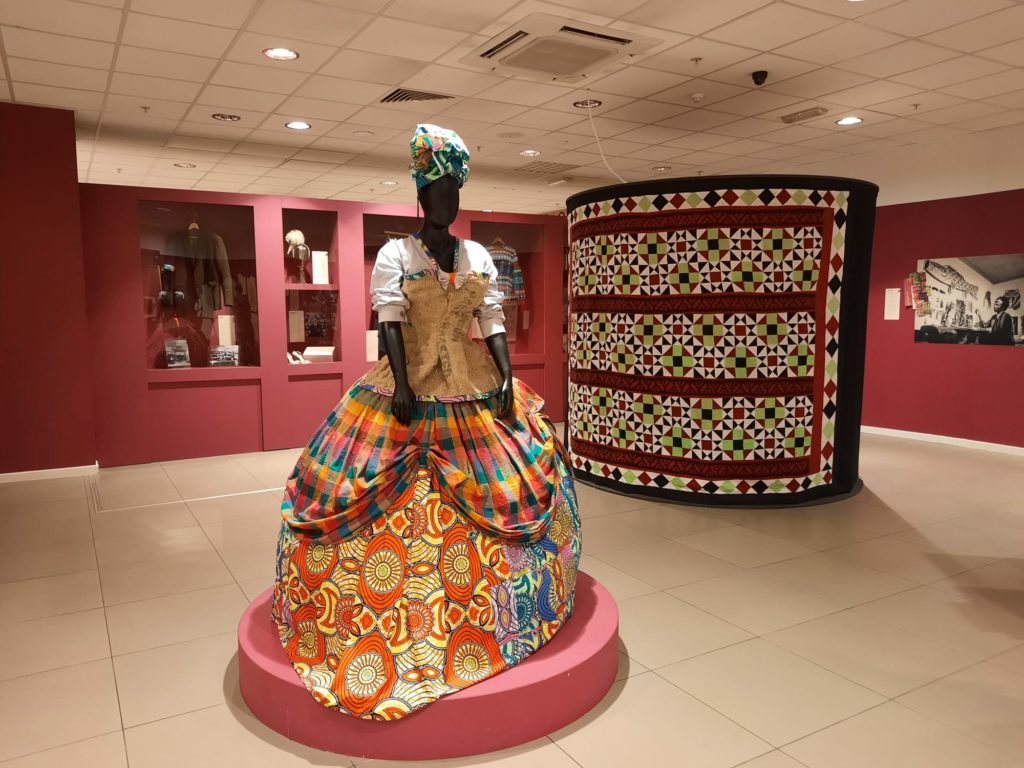
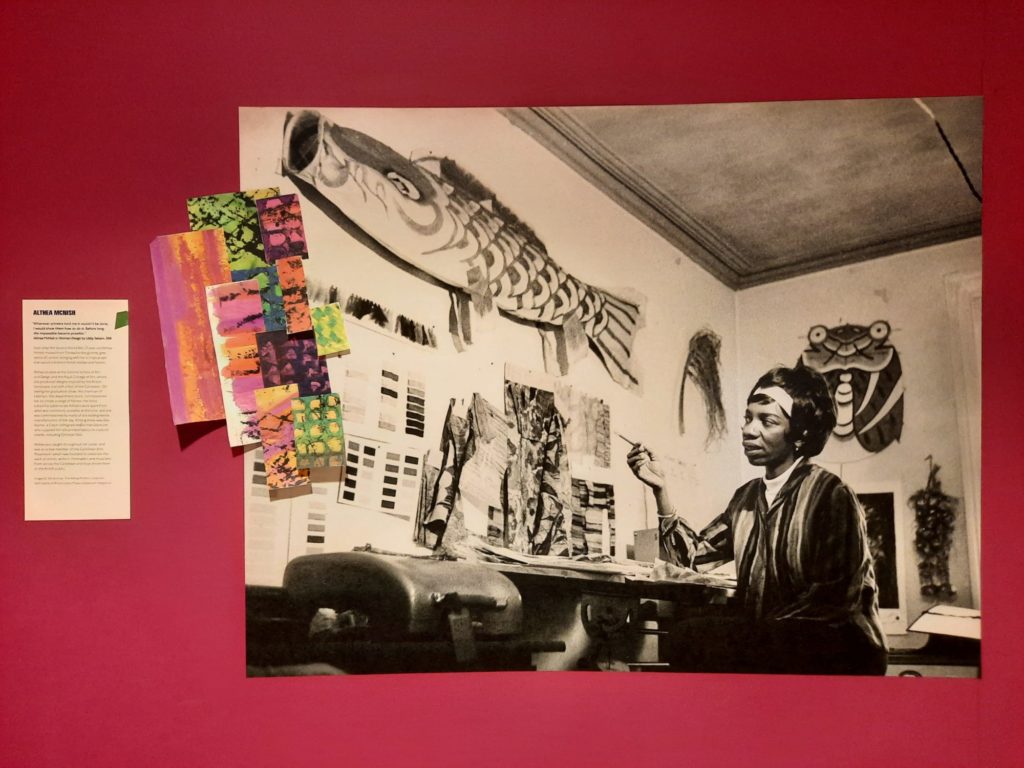
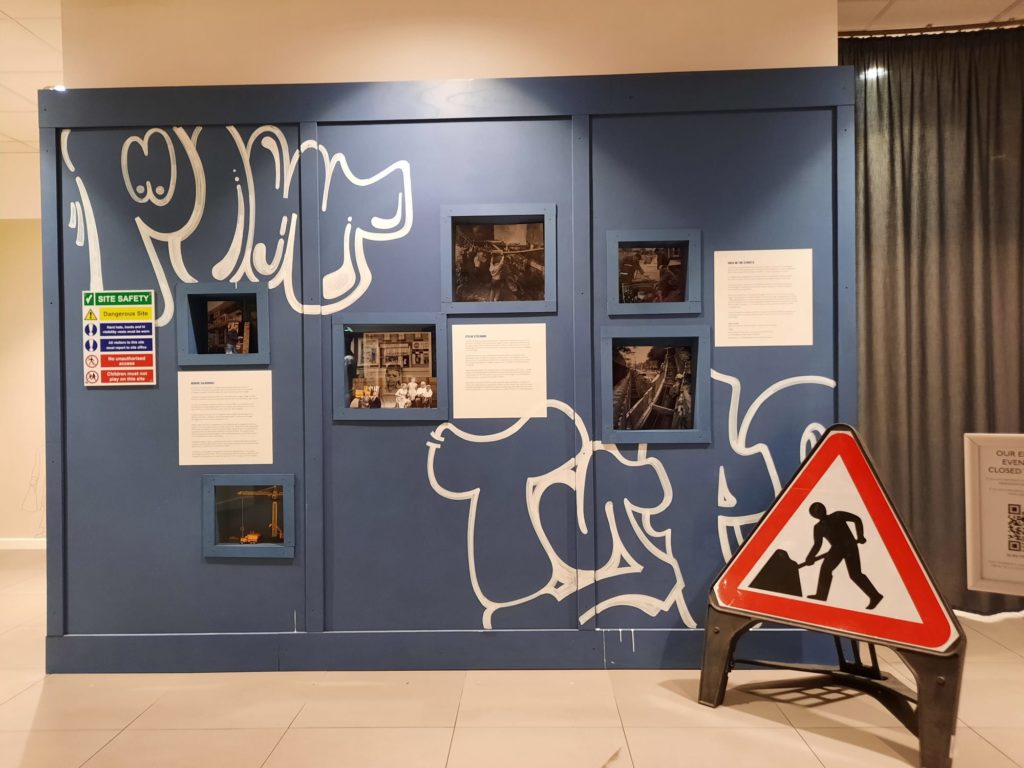
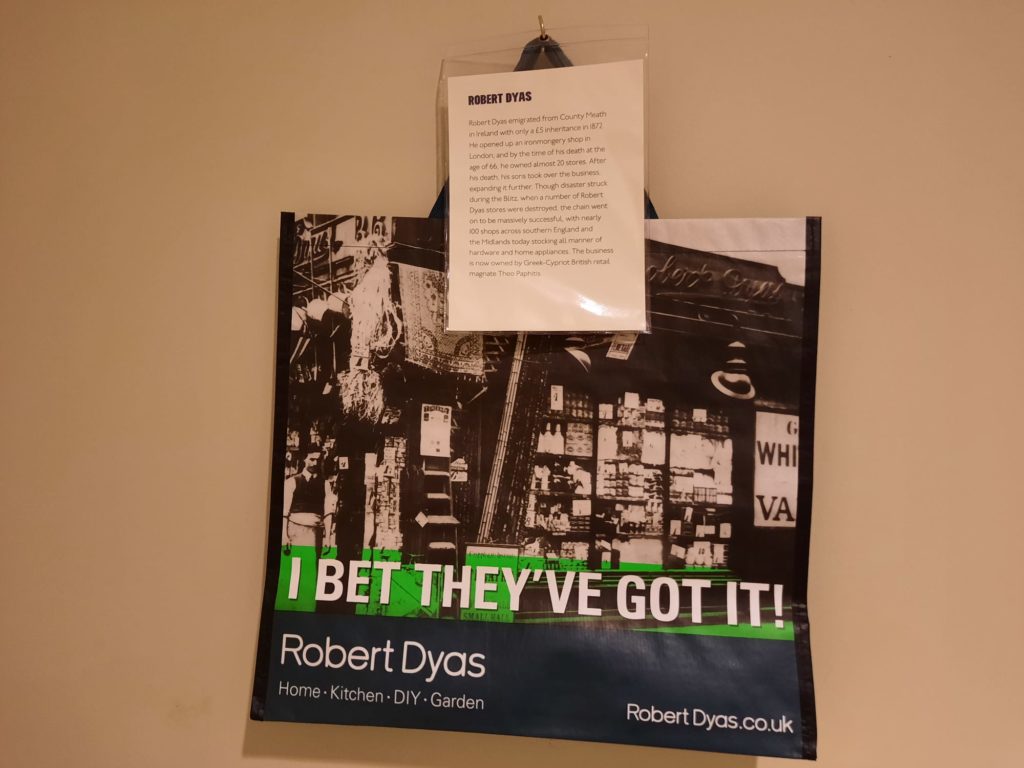
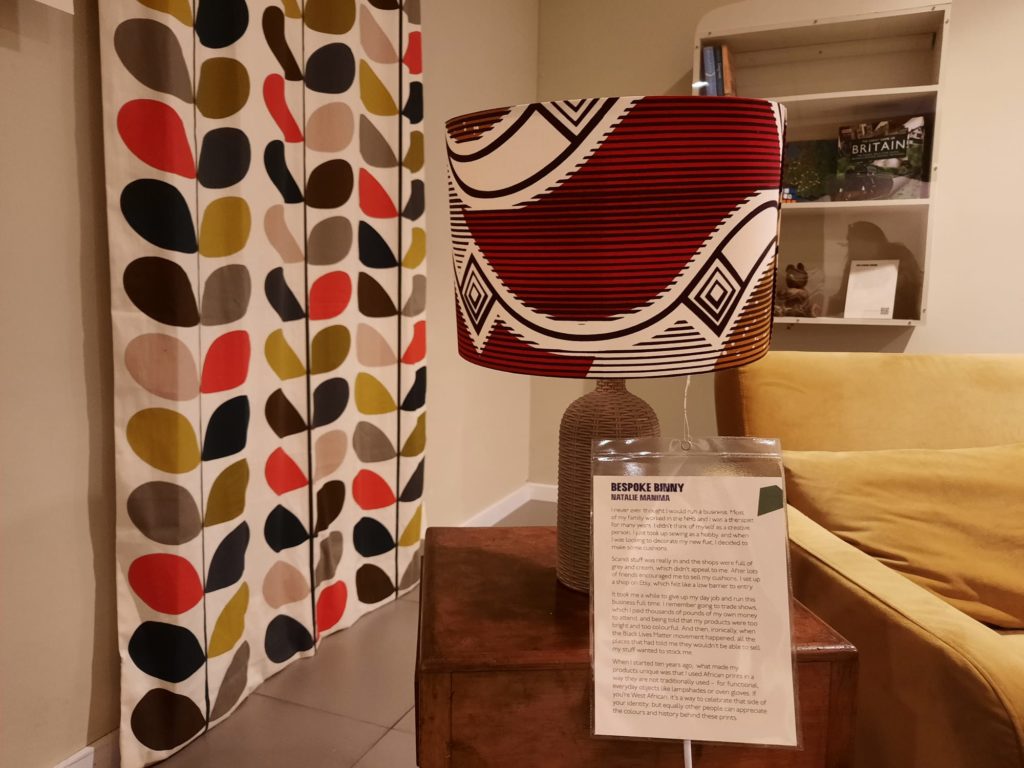
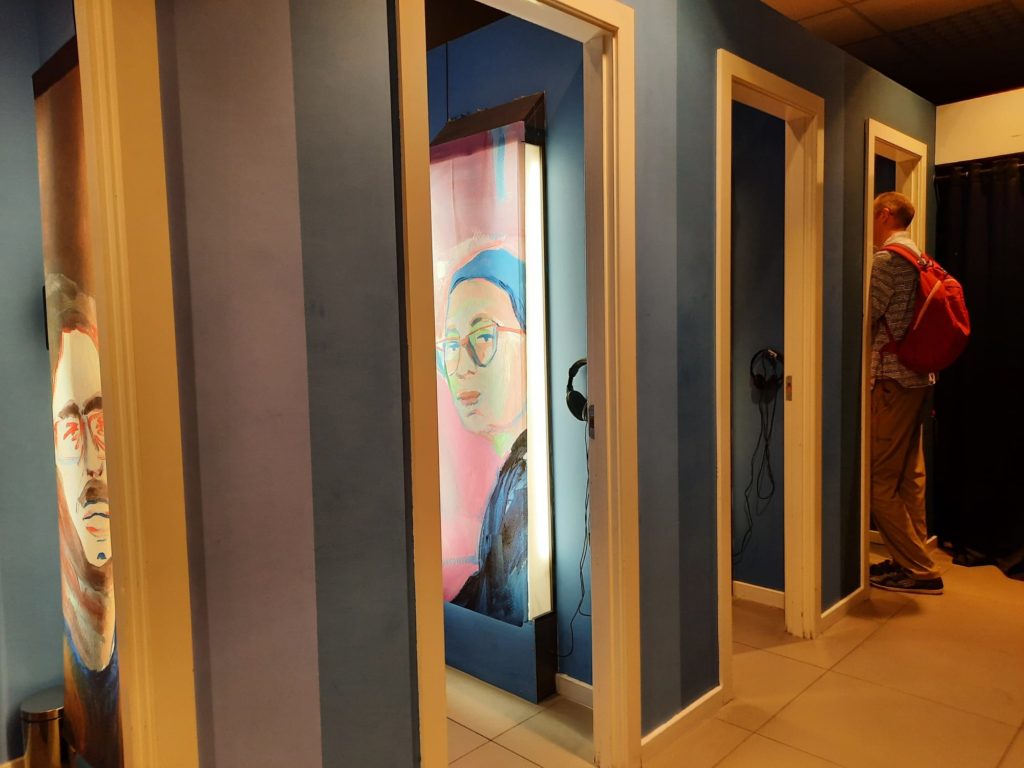
Creative Storytelling
This brings me onto another point I would like to make about what the Migration Museum does well. And this is making engaging stories without much of a collection of objects. It’s a good case study in intangible heritage.
There are a number of techniques employed in the Migration Museum to bring migration stories to life. The first is the collection of oral histories. There are stories throughout the museum that come from interviews: they often combine summarised personal histories with verbatim quotes. There’s a blend of techniques used to present these oral histories: wall texts for the most part, with sound recordings in some instances. The section on restaurateurs has themed tables you can sit at, with ‘menus’ telling the story of the person or people who established it: a creative and welcome touch. In another example, the story of a family-run fish and chip shop in the process of closing down was immortalised in a graphic format.
Throughout the exhibition the focus is on evoking memories. I’ve explained the set up in the restaurant section. The hairdresser room comes complete with chairs and mirrors. There’s another room that looks like every Chinese takeout you’ve ever visited. You can sit at a bar stool in the pub while you read the stories there. And walk into the corner shop, surrounding yourself with old brands and product designs. Whatever your connection to migration, it makes the content personal. We’ve all been to a corner shop, had our hair cut, been to a department store. The sensory input helps to tie the stories to our own lived experience.
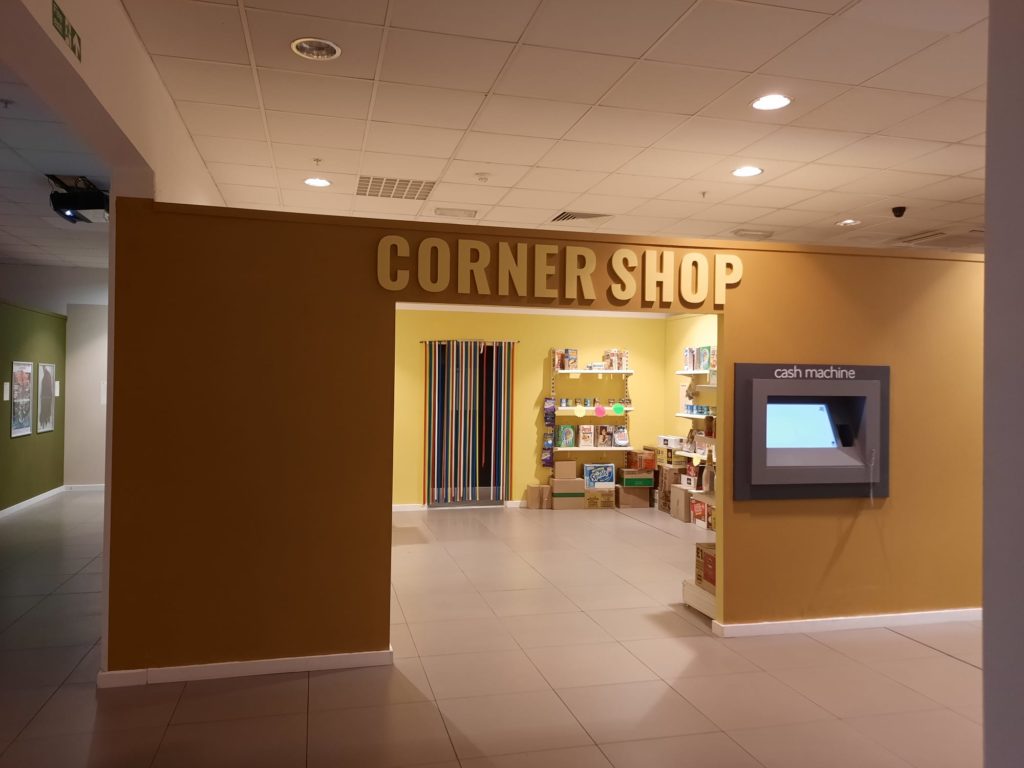
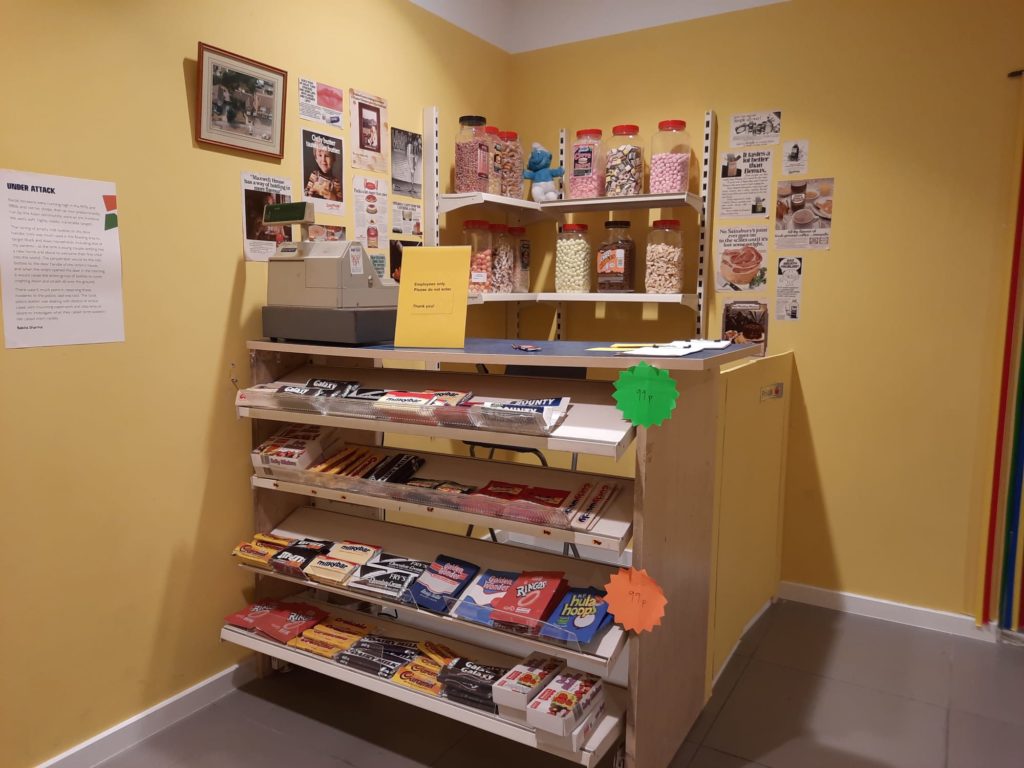
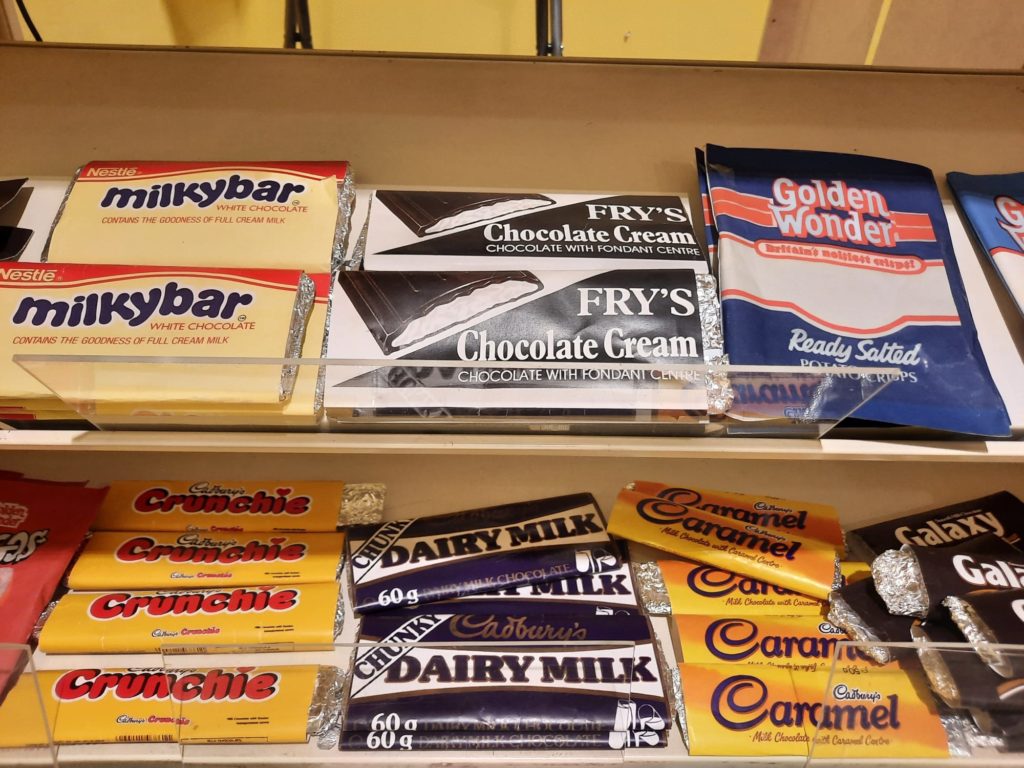
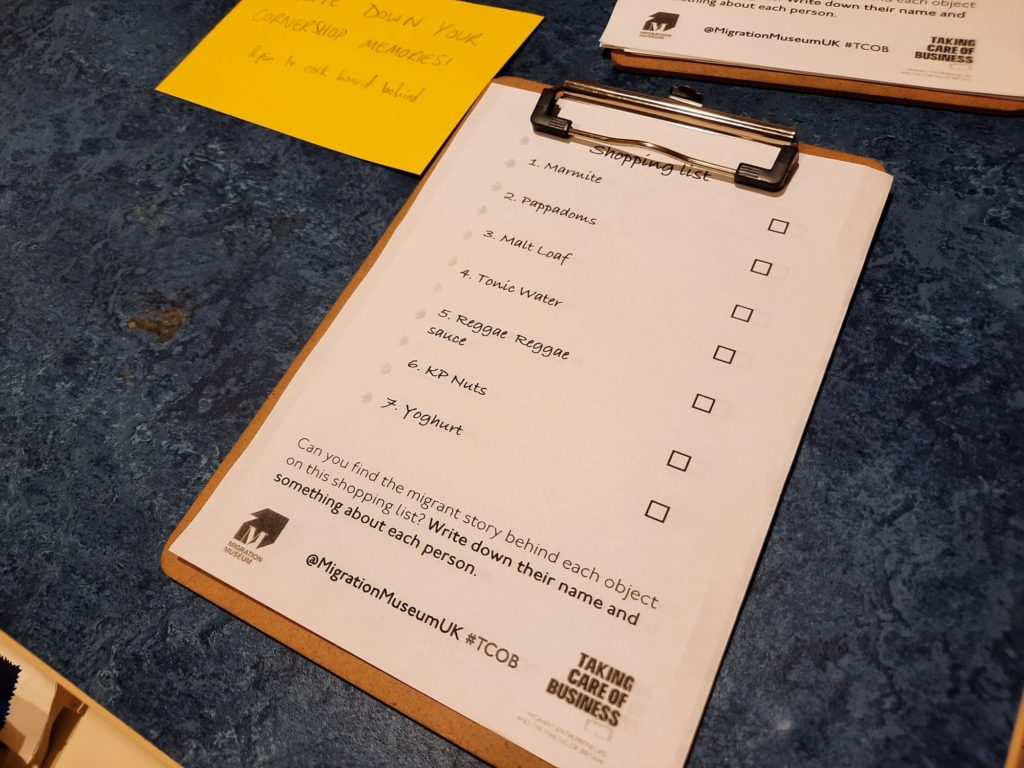
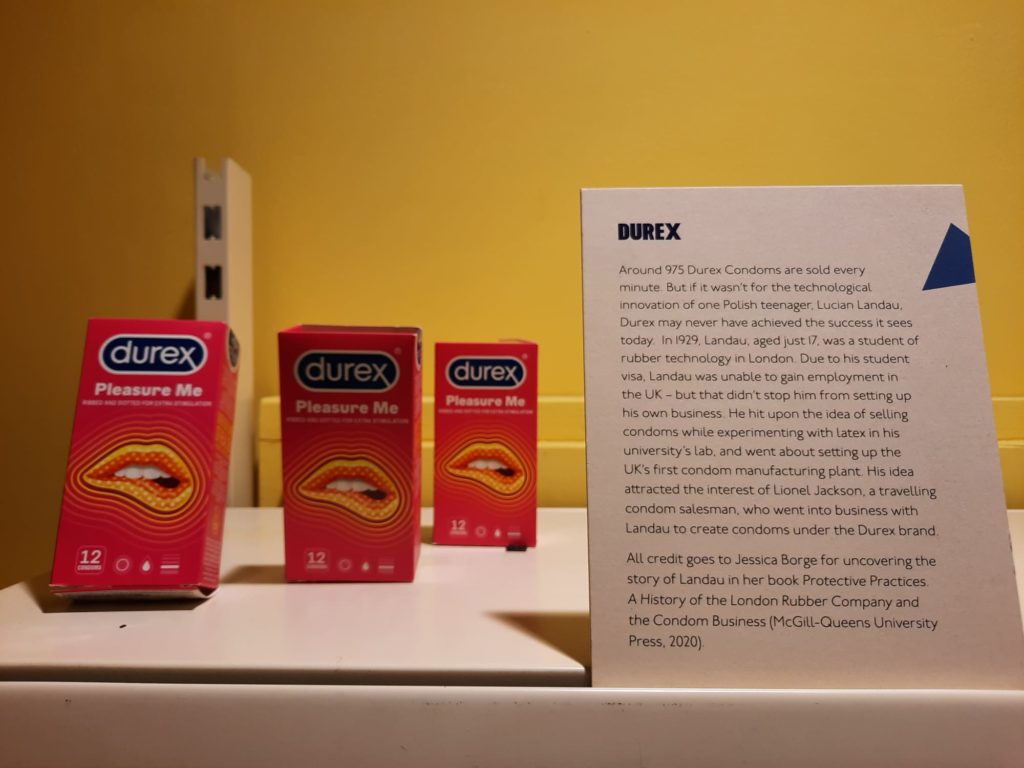
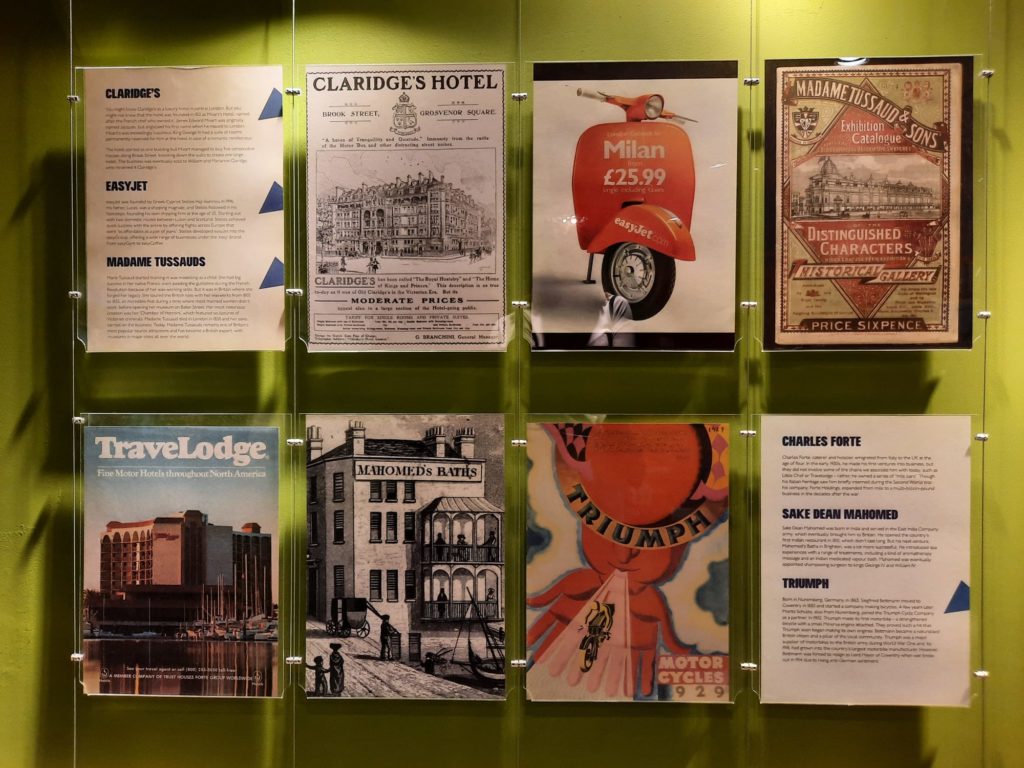
A Personal Response
I have extensive personal experience of migration. I am an immigrant to the UK. One of my parents was an immigrant to the country I grew up in. And that was in a country where people of British origin only go back so many generations anyway. Before the UK I was an immigrant in a few other countries: some where I spoke the language, some where I didn’t. Some where I was visibly a migrant, some where I was less visible. The topic is a familiar one to me.
The UK is one of those countries where I’m more or less invisible as a migrant. Not even my accent gives me away consistently any more. And at first I felt a little imposter syndrome in the Migration Museum. As if any challenges I’ve faced weren’t worthy of this kind of attention because it was pretty easy for me to assimilate.
By the time I came out the other side, I felt a sense of pride. Or perhaps the warm embrace of a shared experience. I felt the myriad different ways in which immigrants have contributed to this country, and how it wouldn’t be the same without all of us. Maybe it will encourage me not to assimilate those last few vestiges of my migranthood and instead celebrate what I bring to the table. Having that choice is a privilege which I don’t underestimate.
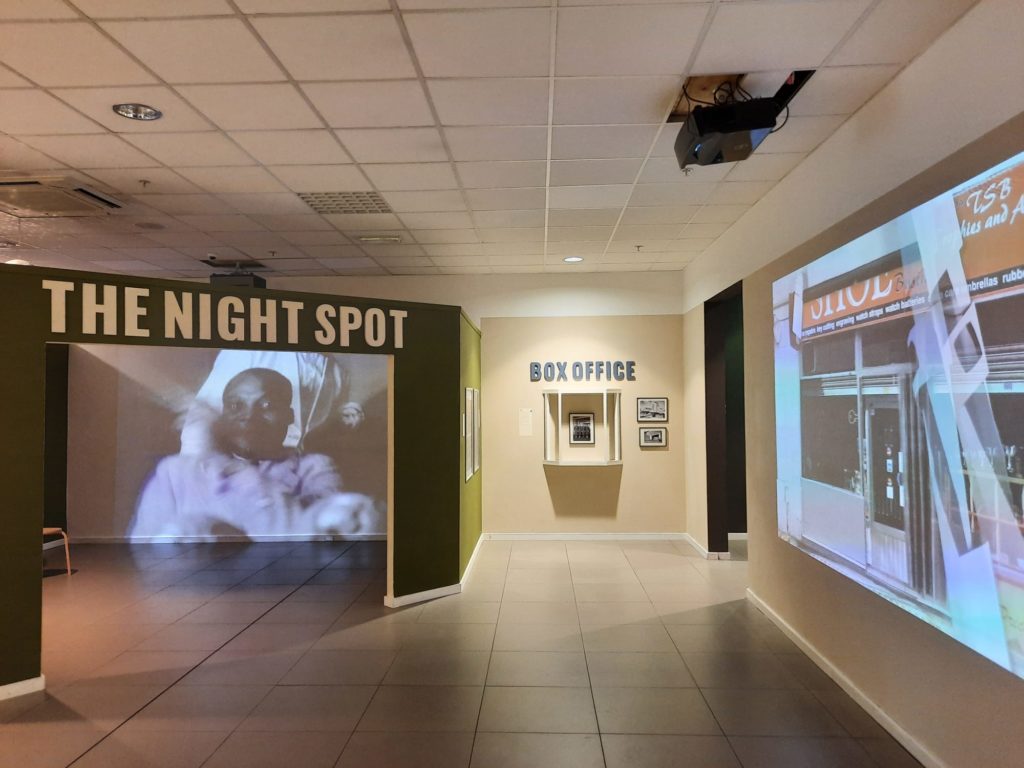
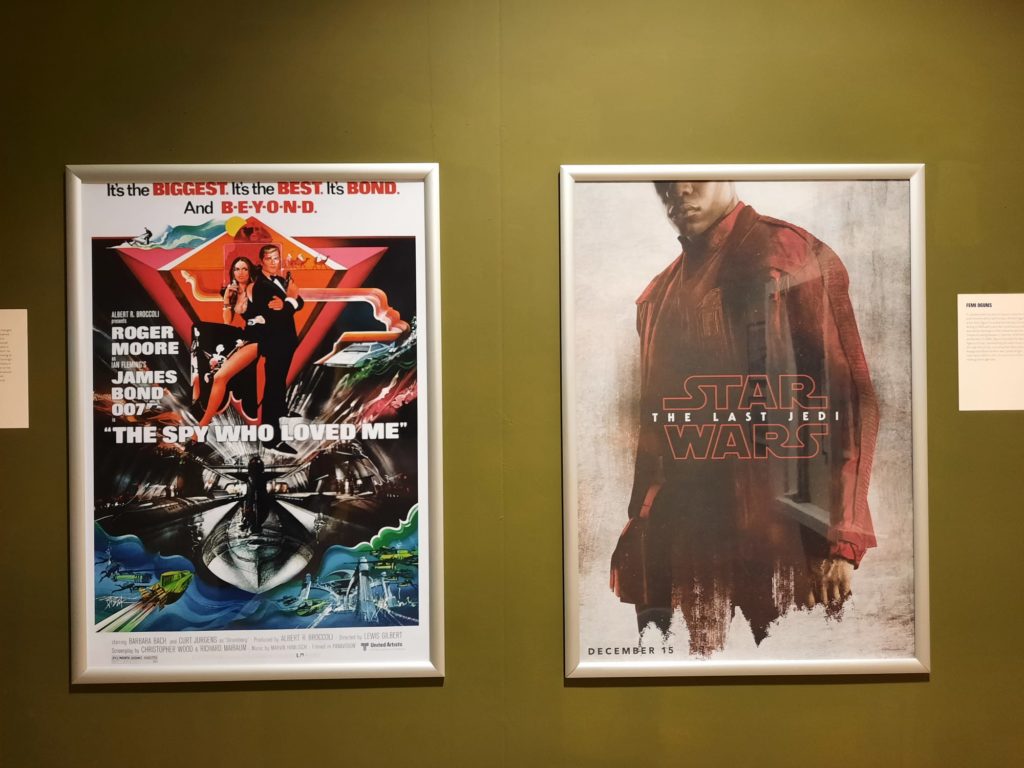
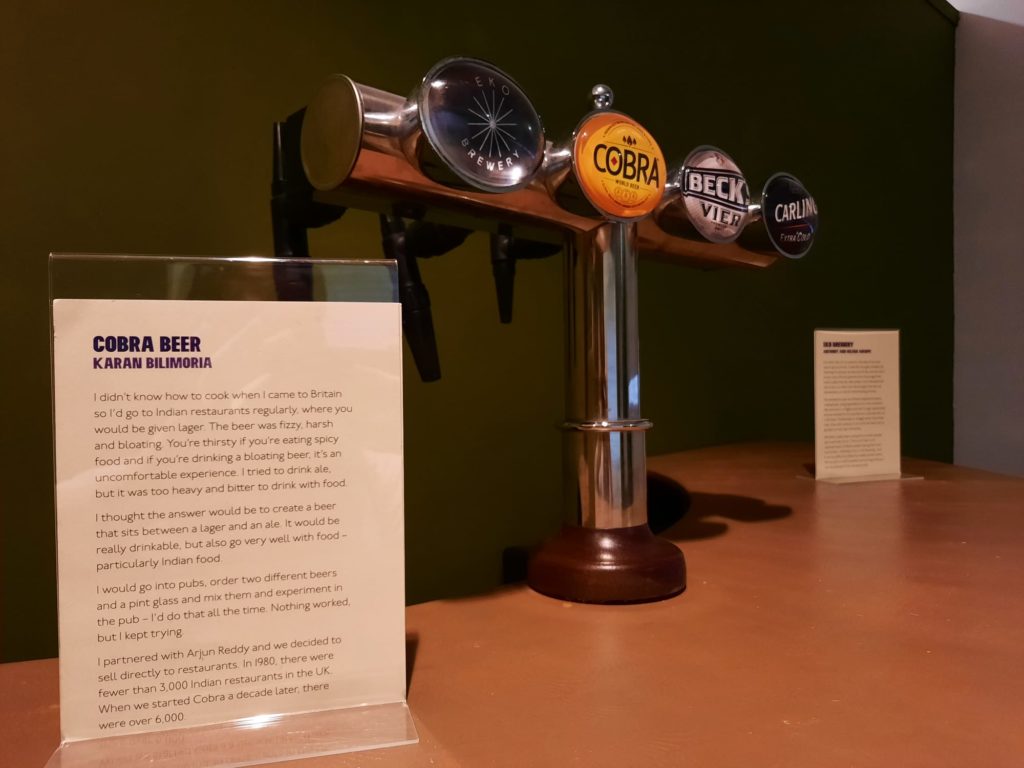
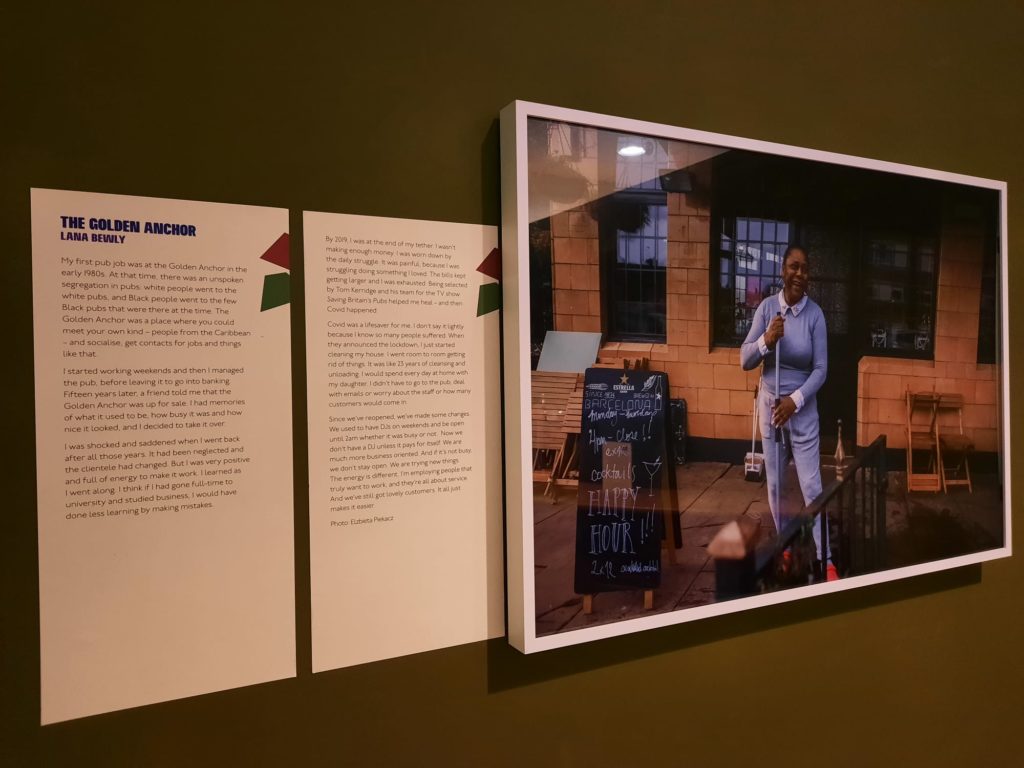
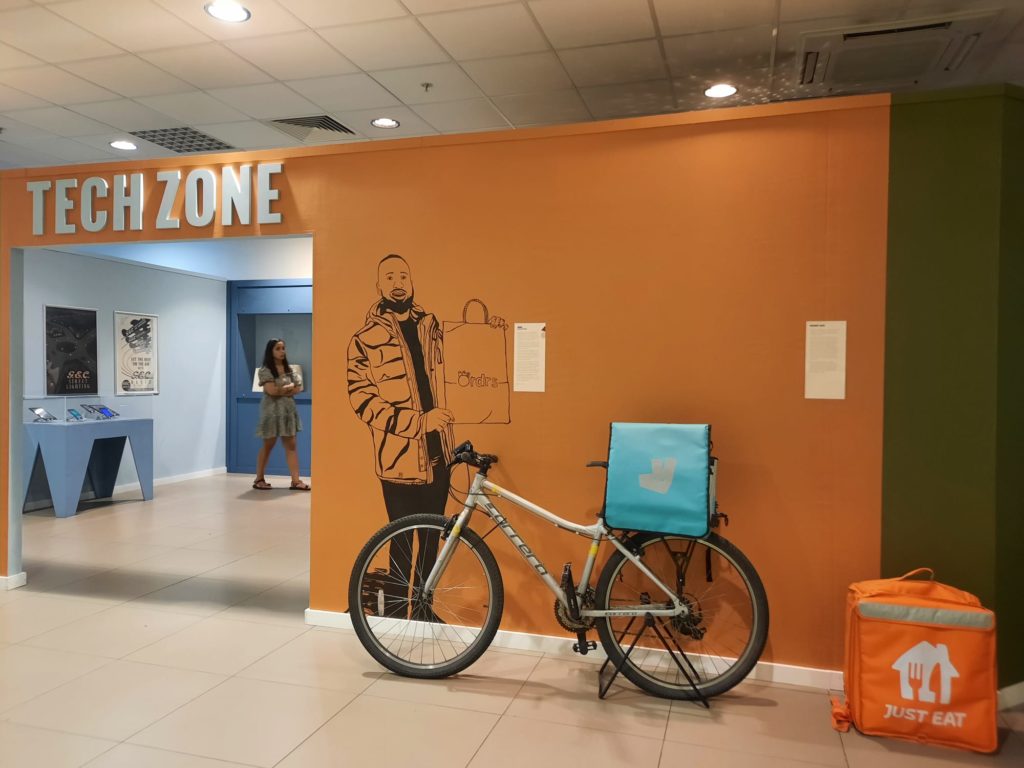
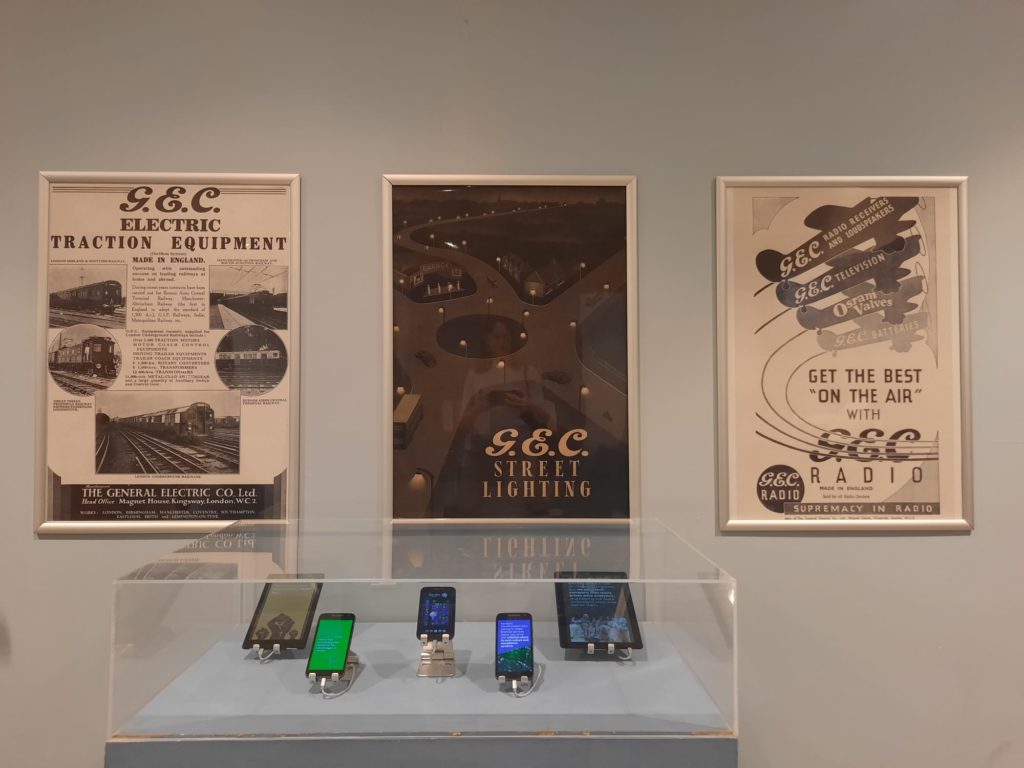
Final Thoughts: Reflections On The Migration Museum
All in all, the Migration Museum exceeded my already high expectations. From an informational point of view I enjoyed all the detail of the various stories encompassed in the exhibition. People sharing their highs and lows. How pork pies were a product of German butchers’ shops, which were then attacked by mobs in WWI. How the Black hair industry grew to fill an unmet need, creating numerous businesses big and small along the way. Everyday occurrences and big name breakthroughs. Britain’s migrants have been there through it all.
From a museological point of view the museum is also very interesting. I loved how it appealed to my senses in order to form a connection. In the end, the lack of a sizeable collection in the traditional sense doesn’t matter, and the museum fills its space well. I look forward to seeing what happens in its new home in the City of London. For now, it is free and easily accessible to a community with extensive first-hand experience of immigration: 36% of Lewisham residents were born outside the UK (me being one of them).
If you have the opportunity, please go. We found it pairs well with some weekend grocery shopping and lunch in the Muffin Break outside to debrief on the experience.
Salterton Arts Review’s rating: 4/5
If you see this after your page is loaded completely, leafletJS files are missing.

